You may already know how convenient online rental applications are, but what about tenant screening services? If you think these reports are overkill, absorb these eye-opening facts and think again.
Posted by Admin 9:00:00 AM
Do you really know who’s living in your home? Most landlords have already begun streamlining their search for the perfect resident by moving to an online rental application. However, without a qualification process in place, a landlord is often left hoping the details on that application are accurate. Professional tenant screening services can help remove the guesswork and give you objective evidence of who applicants are, where they’ve been, and whether they’re worthy of your trust.
Posted by Admin 1:10:27 PM
Property Insurance & Tenant Screening: Do Landlords Need Both?
Property insurance can help protect your investment from damage caused by renters, but it's a smart move to minimize risk from the outset by screening each online rental application upon submission. Tenant screening services help you weed out bad renters. Prescreening all applicants and getting good landlord insurance coverage are complementary ways to protect yourself and your investment.
Posted by Admin 10:49:39 AM
—U.S. single-family rent prices increased 2.9% year over year
in January 2020—
- For the 14th consecutive month, Phoenix had the highest year-over-year rent price increase at 6.4%
- Lower-priced rentals experienced increases of 3.5%, compared to gains of 2.6% among higher-priced rentals
CoreLogic® (NYSE: CLGX), a leading global property information, analytics and data-enabled solutions provider, released its latest Single-Family Rent Index (SFRI), which analyzes single-family rent price changes nationally and among 20 metropolitan areas. Data collected for January 2020 shows a national rent increase of 2.9% year over year, down slightly from a 3.2% year-over-year increase in January 2019. Rent prices are now increasing at double the rate of inflation, presenting affordability challenges among current and prospective renters.
Low rental home inventory, relative to demand, fuels the growth of single-family rent prices. The SFRI shows single-family rent prices have climbed between 2010 and 2019. However, overall year-over-year rent price increases have slowed since February 2016, when they peaked at 4.2%, and have stabilized at around 3% over the past year.
Low-end rentals propped up national rent growth in January, which has been an ongoing trend since May 2014. Rent prices among this tier, defined as properties with rent prices less than 75% of the regional median, increased 3.5% year over year in January 2020, down from a gain of 3.9% in January 2019. Meanwhile, high-end rentals, defined as properties with rent prices greater than 125% of a region’s median rent, increased 2.6% in January 2020, down from a gain of 2.9% in January 2019.
Among the 20 metro areas shown in Table 1, and for the 14th consecutive month, Phoenix had the highest year-over-year increase in single-family rents in January 2020 at 6.4% (compared to January 2019). Tucson, Arizona experienced the second-highest rent price growth in January 2020 with gains of 5.2%, followed closely by Las Vegas at 4.9%. Honolulu experienced the lowest rent increases out of all analyzed metros at 0.6%.
Metro areas with limited new construction, low rental vacancies and strong local economies that attract new employees tend to have stronger rent growth. Phoenix experienced the highest year-over-year rent growth in January 2020, driven by annual employment growth of 3.2%. Austin, Texas experienced a 3.6% employment growth, which played a role in its above-average rent growth of 3.4% in January. This is compared with the national employment growth average of 1.5%, according to data from the United States Bureau of Labor Statistics.
“The single-family rental market benefited from low unemployment rates over the past year, resulting in an increase in rental demand,” said Molly Boesel, principal economist at CoreLogic. “However, rents are increasing at about double the rate of inflation, which has negatively impacted affordability.”
Methodology
The single-family rental market accounts for half of the rental housing stock, yet unlike the multifamily market, which has many different sources of rent data, there are minimal quality adjusted single-family rent transaction data. The CoreLogic Single-Family Rent Index (SFRI) serves to fill that void by applying a repeat pairing methodology to single-family rental listing data in the Multiple Listing Service. CoreLogic constructed the SFRI for over 80 metropolitan areas —including 45 metros with four value tiers—and a national composite index.
Source: CoreLogic
The data provided is for use only by the primary recipient or the primary recipient's publication or broadcast. This data may not be re-sold, republished or licensed to any other source, including publications and sources owned by the primary recipient's parent company without prior written permission from CoreLogic. Any CoreLogic data used for publication or broadcast, in whole or in part, must be sourced as coming from CoreLogic, a data and analytics company. For use with broadcast or web content, the citation must directly accompany first reference of the data. If the data is illustrated with maps, charts, graphs or other visual elements, the CoreLogic logo must be included on screen or website. For questions, analysis or interpretation of the data contact Allyse Sanchez at corelogic@ink-co.com. Data provided may not be modified without the prior written permission of CoreLogic. Do not use the data in any unlawful manner. This data is compiled from public records, contributory databases and proprietary analytics, and its accuracy is dependent upon these sources.
About CoreLogic
CoreLogic (NYSE: CLGX), the leading provider of property insights and solutions, promotes a healthy housing market and thriving communities. Through its enhanced property data solutions, services and technologies, CoreLogic enables real estate professionals, financial institutions, insurance carriers, government agencies and other housing market participants to help millions of people find, acquire and protect their homes. For more information, please visit www.corelogic.com.
CORELOGIC and the CoreLogic logo are trademarks of CoreLogic, Inc. and/or its subsidiaries.
Posted by Allyse Sanchez, INK Communications 4:00:38 PM
Odds are high that many of your applicants have been evicted or fought to stop an eviction. Each year, approximately one million evictions are filed and 1 in 40 renters get evicted. Some of these renters bounce back from the eviction process and become reliable tenants, while others couch hop for years before applying at your property.
Posted by Admin 2:05:58 PM
As a landlord, one of your biggest fears is having a property that sits empty for weeks or even months. Every day that rolls by marks another dip in your bank account. That said, the last thing you want to do is rush in a new tenant only to discover they’re stuck in a financial quagmire or have a long history of trashing homes and failing to pay rent. Plus, losing a tenant (even if you’re ready for them to go) brings its own slew of budget-busting costs beyond lost rent, including marketing and administration fees, screening costs and potential maintenance or required upgrades.
Posted by Admin 9:17:08 AM
There are several reasons why finding a tenant is difficult. The answer lies in one simple word: qualification. To be considered a qualified tenant, you have to have the right combination of variables. This article will help you identify 10 specific things to look for when searching to fill a vacancy.
Posted by Admin 5:47:25 PM
US SINGLE-FAMILY RENTS UP 2.9 PERCENT YEAR OVER YEAR IN FEBRUARY
- Rents for lower-priced homes increased faster than those of higher-price homes.
- Phoenix had the largest annual rent increase of the 20 analyzed areas in February.
U.S. single-family rents increased 2.9 percent year over year in February 2019, up from a 2.7 percent increase in February 2018, according to the CoreLogic Single-Family Rental Index (SFRI). The index measures rent changes among single-family rental homes, including condominiums, using a repeat-rent analysis to measure the same rental properties over time. Single-family rents climbed steadily starting in 2010, and annual rent increases have stabilized, fluctuating between 2.7 and 3.1 percent for the past 12 months.
Posted by Admin 5:42:34 PM

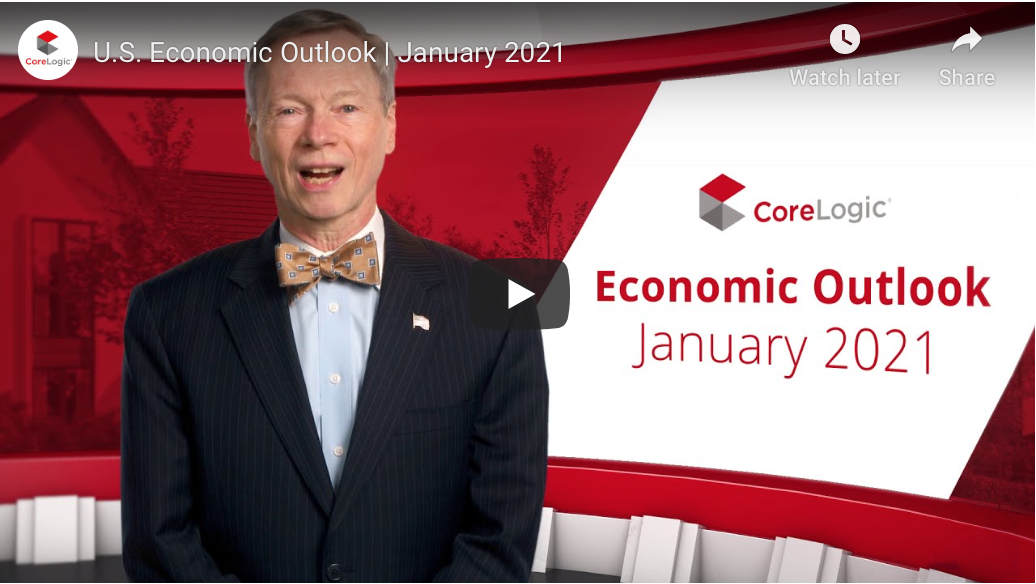
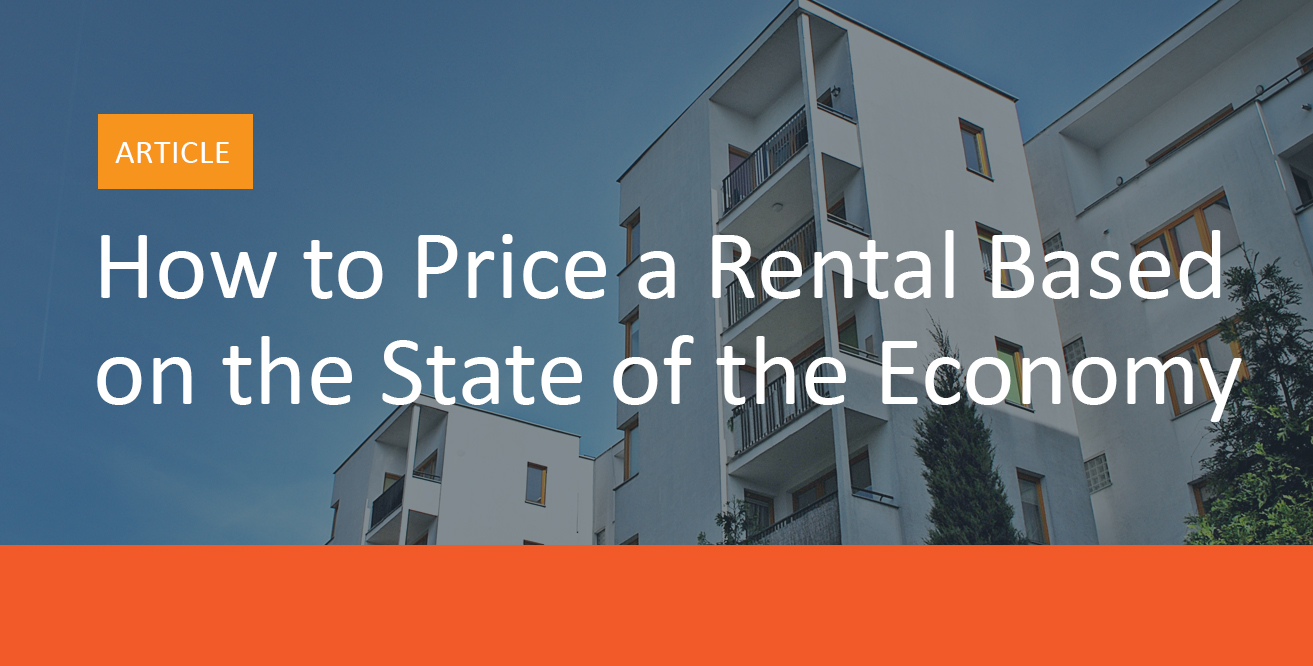
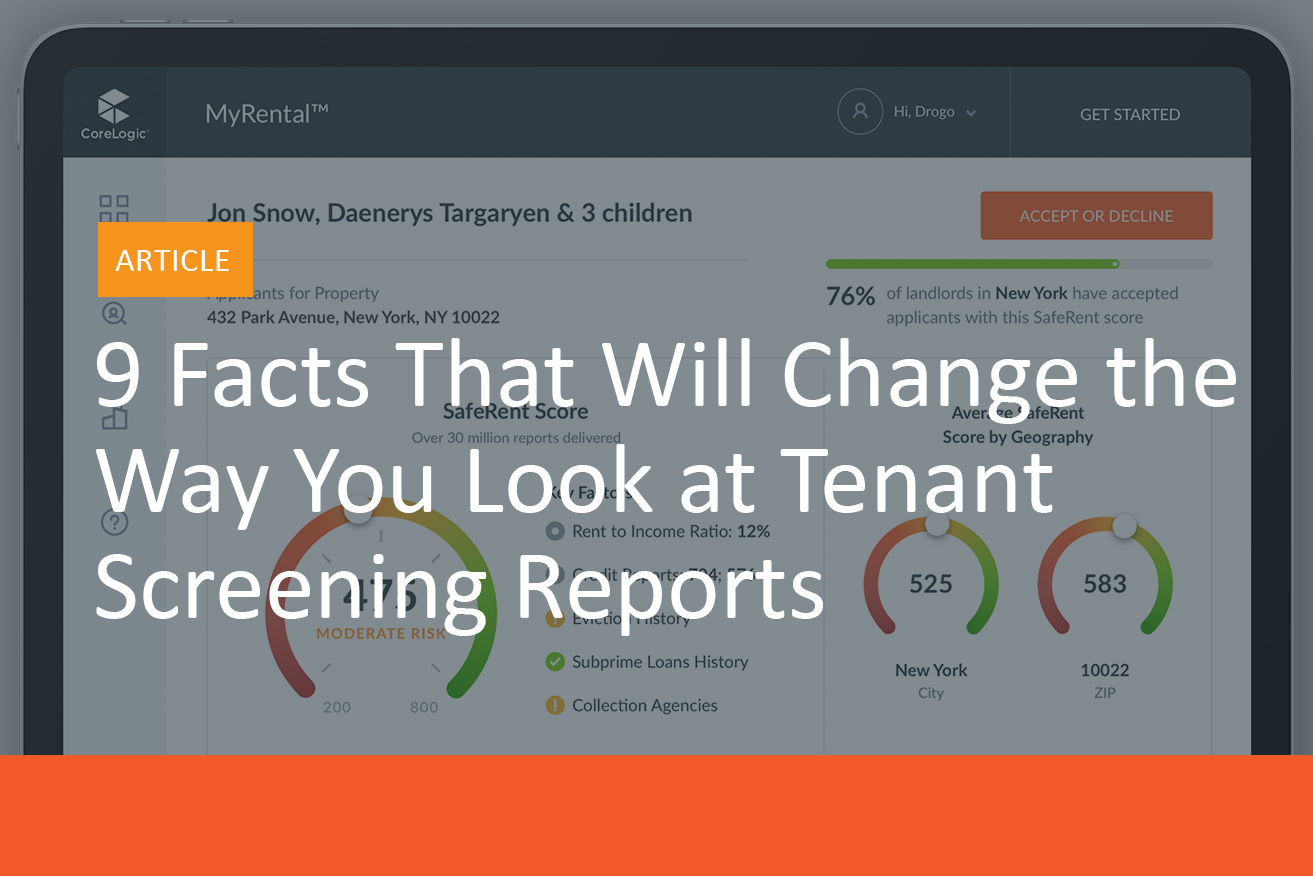
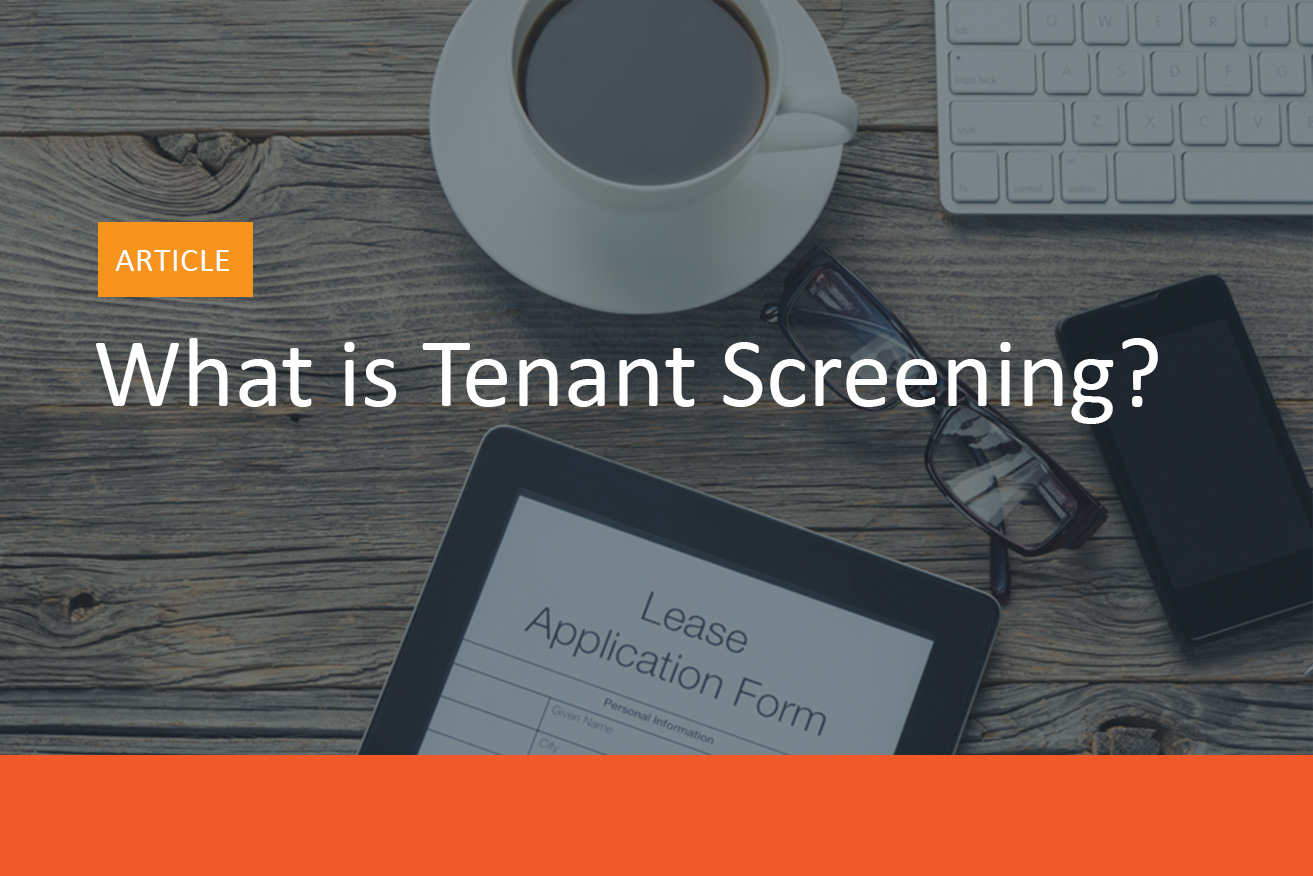



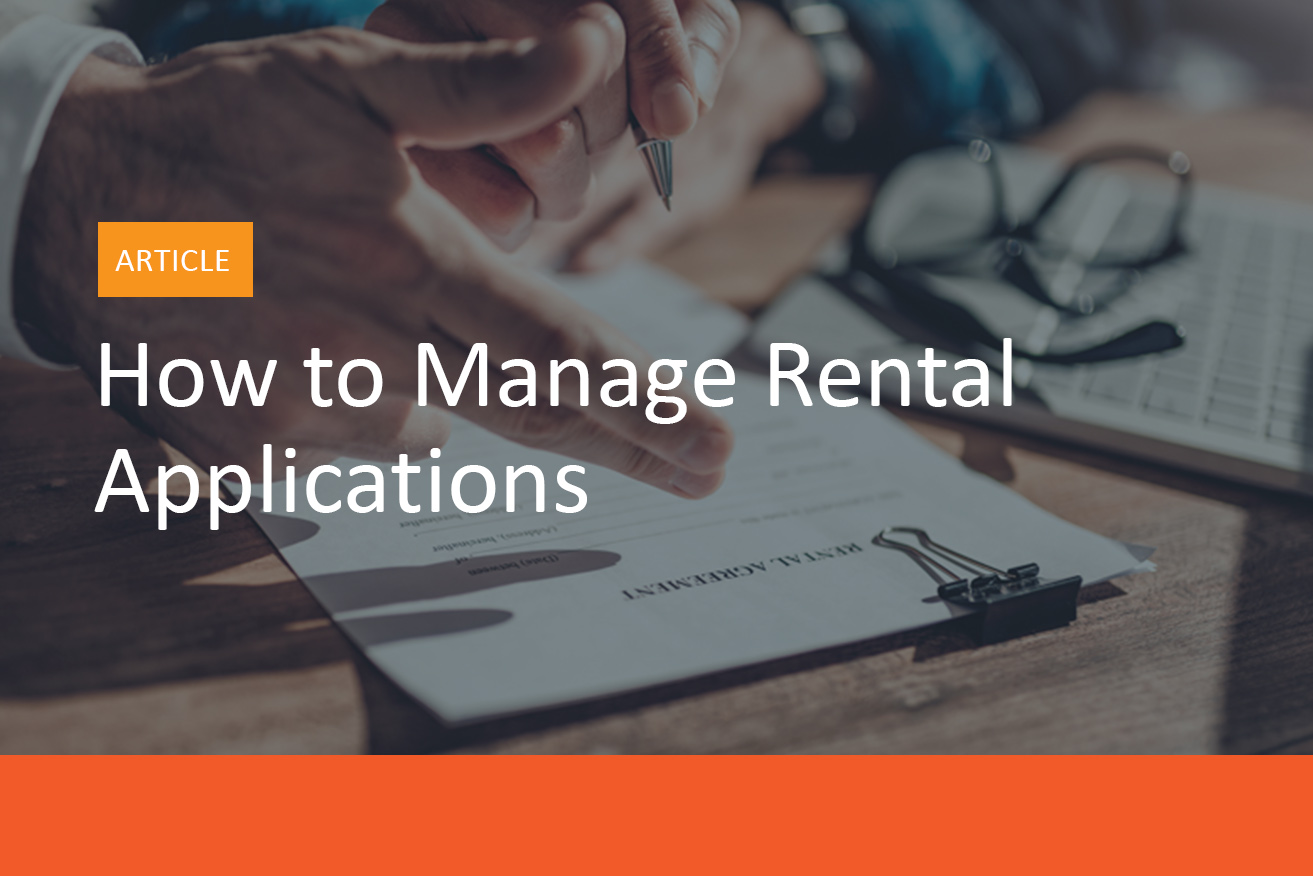


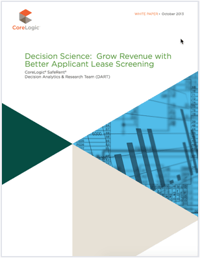

What people are saying about us